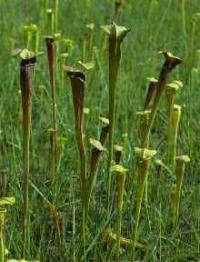 |
I | 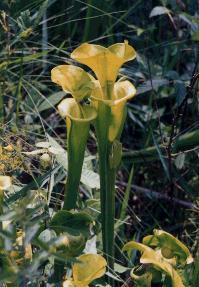 |
II | 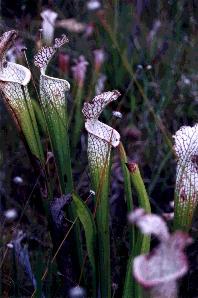 |
I | 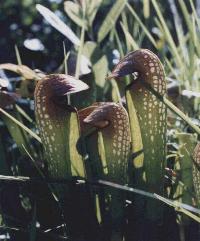 |
|
|
|
|
|
|||
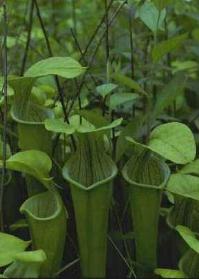 |
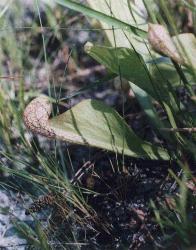 |
 |
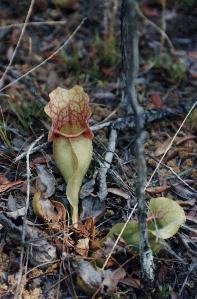 |
|||
|
|
|
|
|
|||
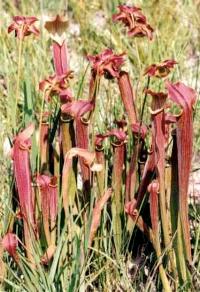 |
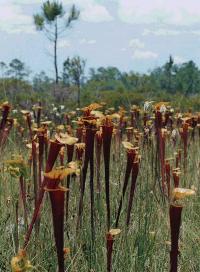 |
 |
 |
|||
|
|
Variant With Red Tubes |
|
Burned Site |
 |
I |  |
II |  |
I |  |
|
|
|
|
|
|||
 |
 |
 |
 |
|||
|
|
|
|
|
|||
 |
 |
 |
 |
|||
|
|
Variant With Red Tubes |
|
Burned Site |
The Western Hemisphere pitcher plants (Sarraceniaceae)
are a small family of herbaceous perennials. Tubular, pitcher-like
leaves ("pitchers") enable these plants to lure, trap, digest, and absorb
nutrients from a wide variety of prey, usually arthropods. Most of the
species inhabit sunny, wet, nutrient-poor sites such as bogs, seepages,
and wet savannas. Eighteen species belong to the Sarraceniaceae,
partitioned in three genera. Darlingtonia (the Cobra Pitcher
Plant) contains one species located in northern California and southern
Oregon. Six species belong to Heliamphora (the sun pitcher
plants), which occur in northeastern South America. The largest genus
is Sarracenia (the trumpet pitcher plants). Sarracenia
has
eleven species and are found in northern and eastern North America.
Our research focuses on Sarracenia, since this diverse genus contains
a wealth of interesting arthropods that are largely unstudied.
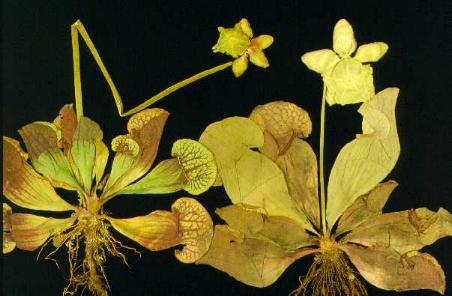 |